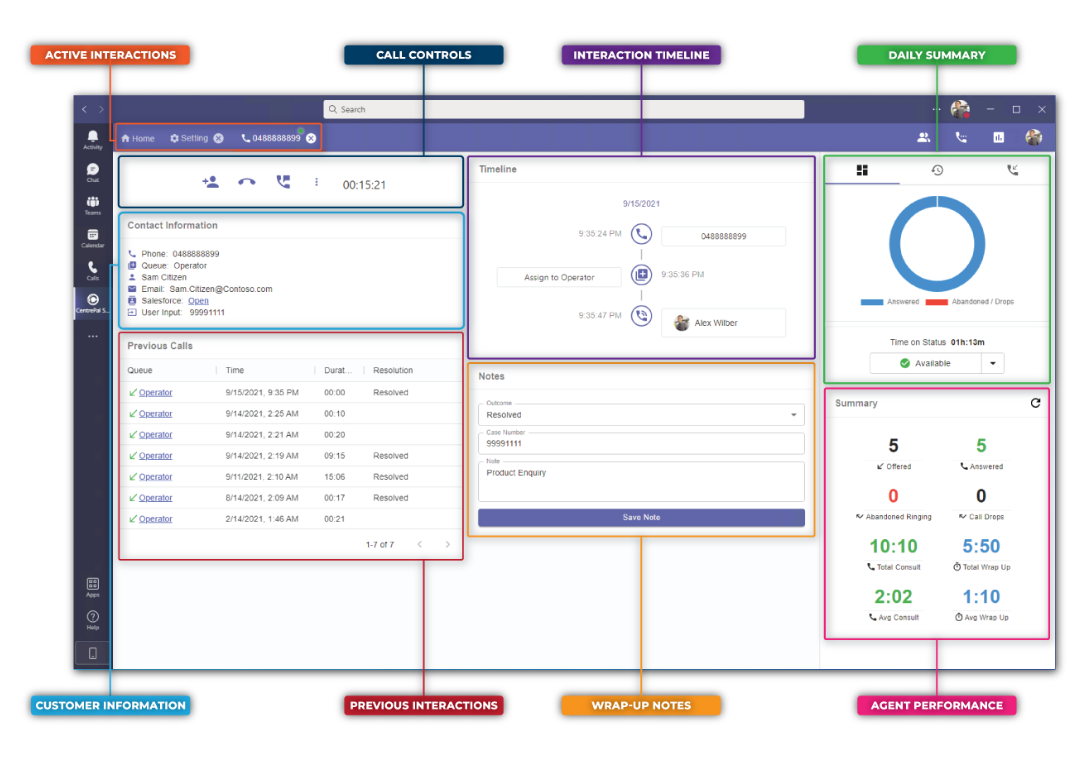Having been in the Unified Communications (UC) and telephony industry for many years – there are two things I have come to learn. Firstly…no two businesses are the same, and second….no two telephony deployments are ever the same.
Business telephony (or IP Tel is still an important part of the modern workplace, and IP Tel , if done correctly, can enable employees to excel at their roles and enable businesses to streamline operations. The most common approach to IP Tel consulting is a non-interested sales person asking “How many handsets and how many users do you have?” This approach often ends up with poorly scoped offerings and, worse still, greatly dissatisfied and frustrated end users. The most common approach to IP Tel consulting is a non-interested sales person who asks “How many handsets and how many users do you have?”.
The most common approach to IP Tel consulting is a non-interested sales person who asks “How many handsets and how many users do you have?”.
Just as bad is the sales person who simply provides you a like for like solution that simply saves you money. This approach does not adequately explore problems in the current setup or uncover opportunities to enhance the performance of the current business telephony system.
The approach I discuss below is a simple three step A, B, C process to scoping an IP Tel deployment. In my experience, this approach is successful and can provide you the tools to help select a partner to work with on your telephony system transition.
A is for Answering Calls
Answering Calls or your inbound call flow is a key part of any IP Tel deployment. Understanding how and where customers contact you, the first impression you make of your business, and how the most important calls for your business are managed (such as customer service and sales enquiries) is key.
Options for your inbound call handling to be discussed and scoped includes:
- your phone numbers,
- whether premium inbound services are required (1300/1800),
- time of day routing,
- automation of your answering with an IVR (Interactive Voice Response),
- reporting and analytics of calls,
- which users will answer calls,
- call recording options and
- location specific based answering.
These are just some of the factors and options that need consideration. A well defined “A” phase of the scoping process is key to the overall success of the solution.
B is for Business Usage & Integration
The B phase of the process is your Business Usage & Integration. In this phase we discuss what your business does, what it actually needs and how your users need to interact with the phone network.
In the B phase of the scoping we look at things like your business size, the number of offices, the amount of services required, what software systems and hardware platforms you operate, and most importantly how those services integrate with your users. In the B phase we also start to quantify the solution needed, by the way of business call usage, worker types in your business and how each worker engages with the business’ IT services.
In the B phase we also start to look at the economics of the deployment, and whether or not an all inclusive call bundle is optimal over a Pay As You Go approach to the outbound calls you make.
C is for Customer Service and After Deployment Care
Finally, the C phase is for the human factor of an IP Tel deployment. Finding and selecting a partner that truly provides customer service is key to successful scoping and subsequent deployment. Just as important is finding a partner that has a proven track record of continually servicing customers beyond the initial rollout is key.
Throughout the IP Tel scoping and deployment, a provider that is present, caring, understanding and diligent will make sure the process is seamless and pleasant for your business. From an after-care point of view a provider that is responsive to your service requests and is willing to move as quickly as yours is key.































